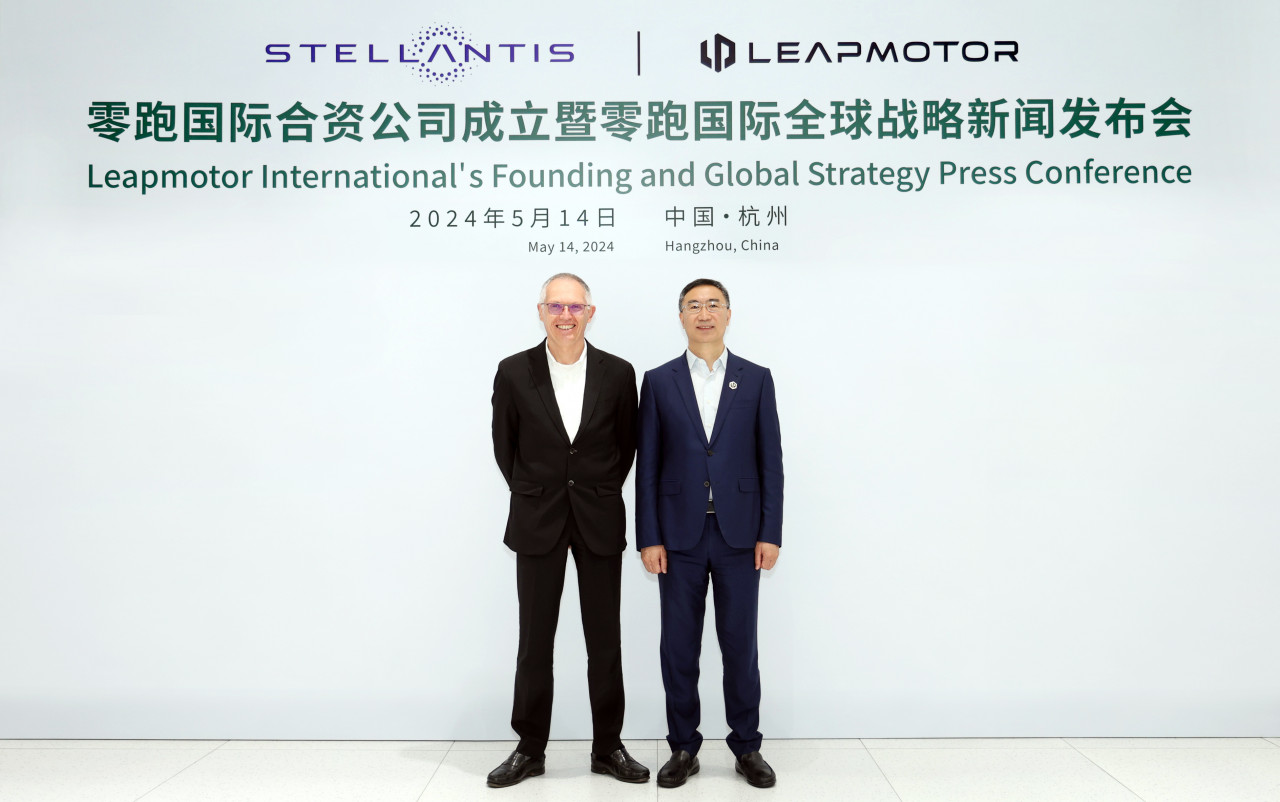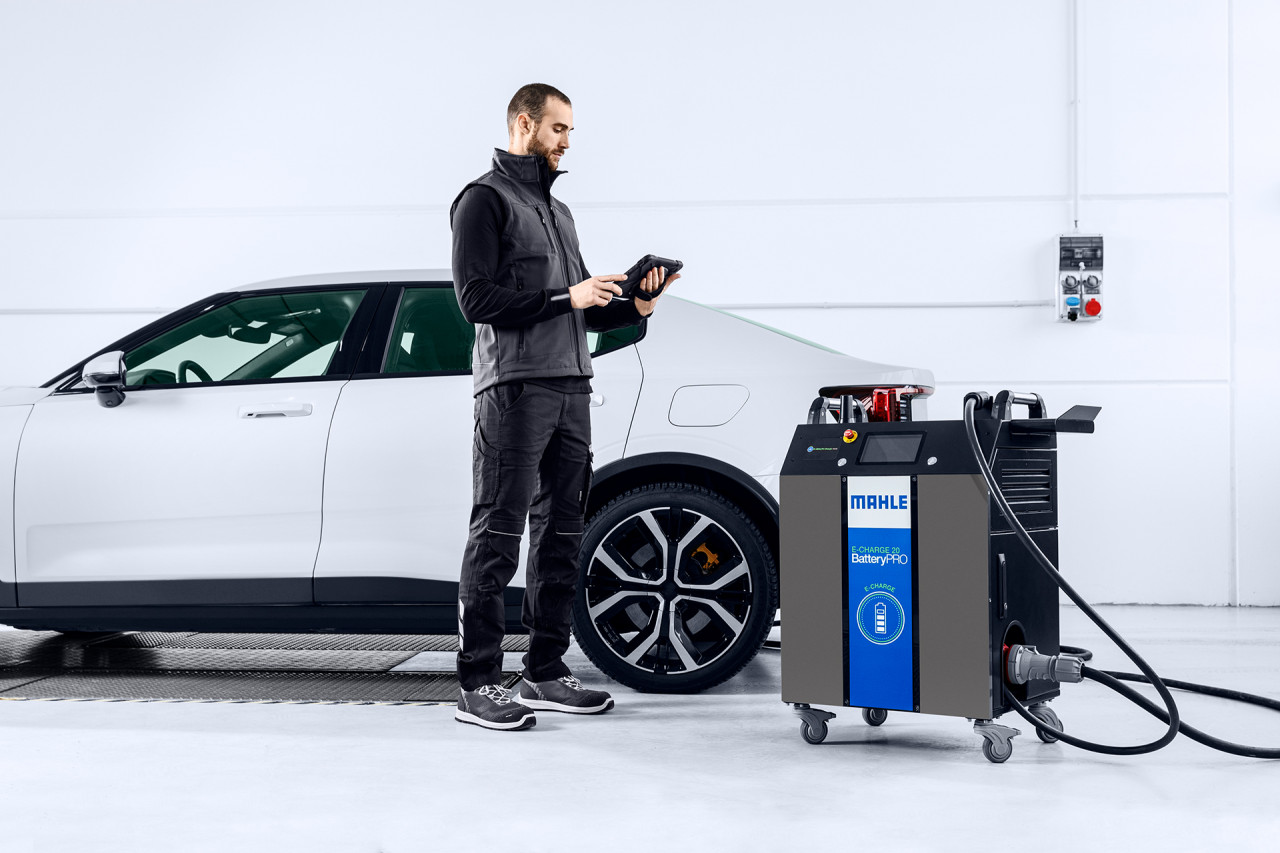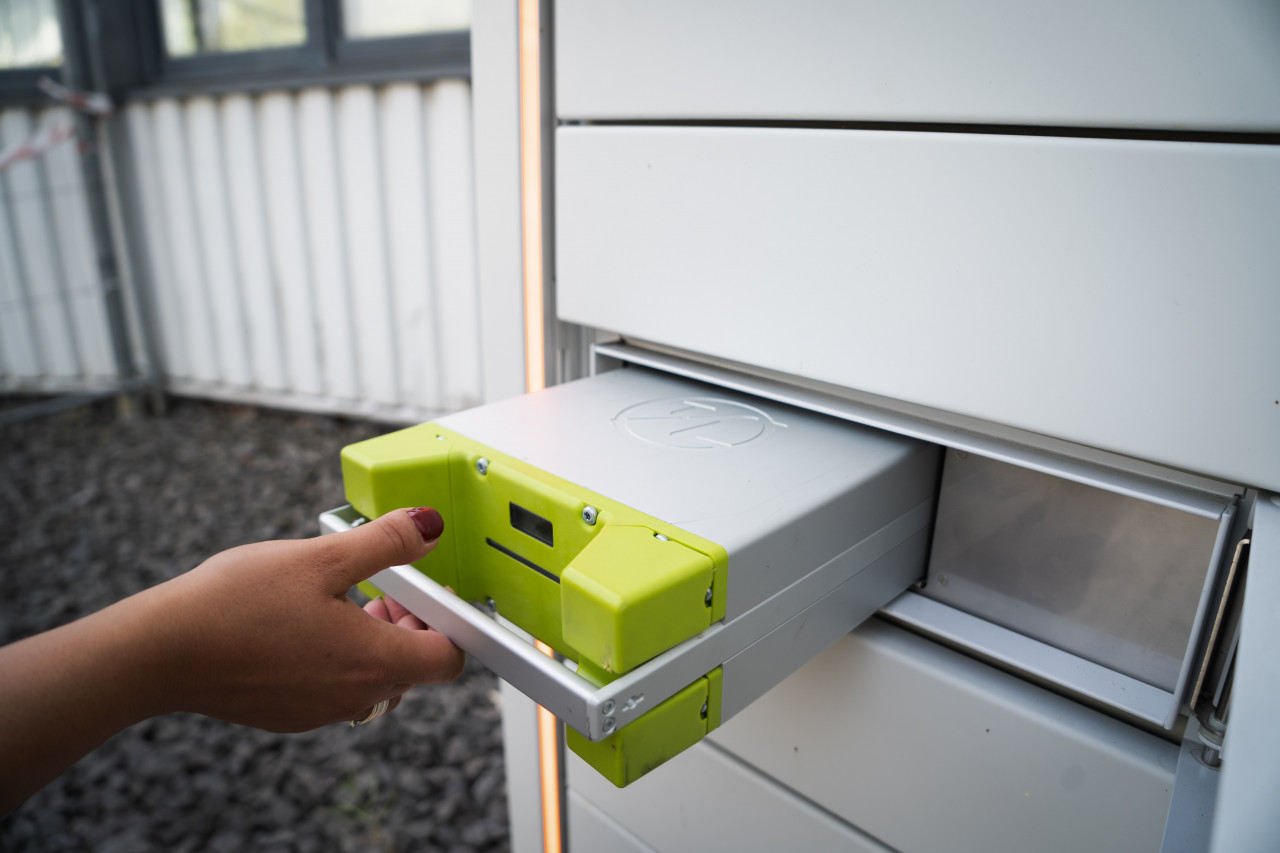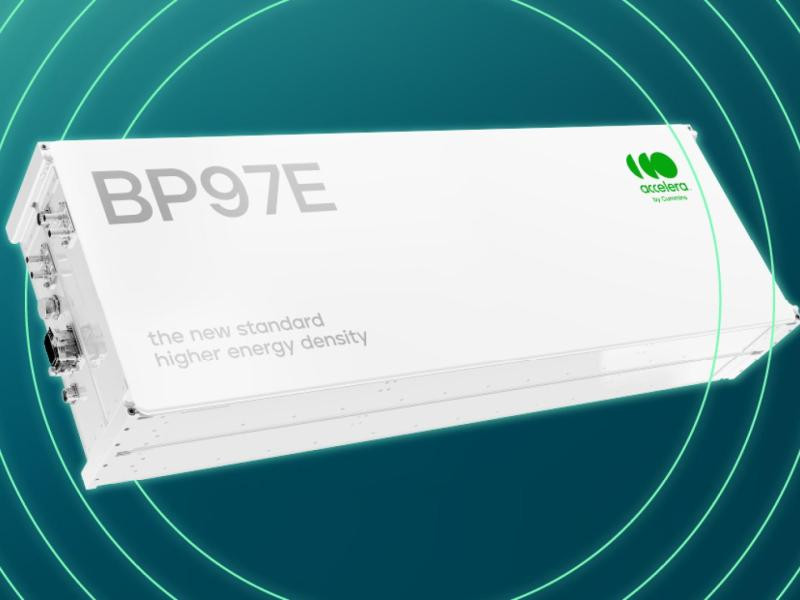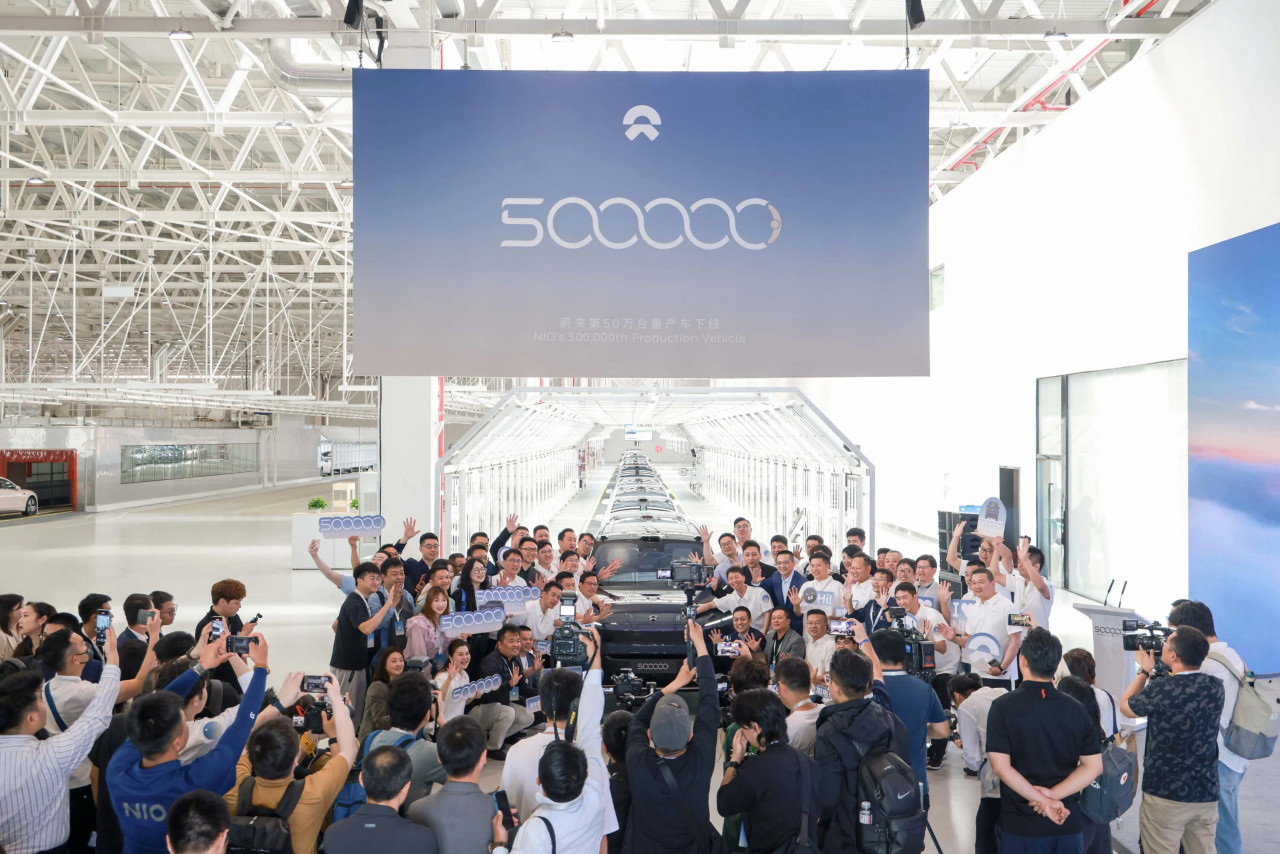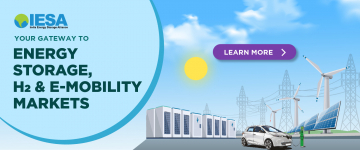Addressing high cost and low demand of EVs through localization
In an interview with Ashok Thakur, Chief Editor - ETN, Vikram Gulati,Sr. Vice President - Toyota Kirloskar Motors, speaks on growth prospects of the Indian EV sector and the various measures that can be taken to reduce cost of ownership and initiate demand. Increased focus on fast charging, battery swapping options, and introduction of hybrid vehicles; are some of the measures he suggests, that can help drive demand.
Your view on the current state of e-mobility infrastructure in India and government's role in its promotion? Could anything further be done to speed up deployment?
World over charging infrastructure is one of the major hurdles for EV adoption. Further, it is not only about the availability of infrastructure but also the ability to fast charging in public domain, especially in larger vehicles like commercial vehicles that need to operate most of the time, the downtime for charging has to
be minimal.
In India, depending on the vehicle segment and usage pattern, the requirement of charging infrastructure is likely to vary. While the smaller vehicles like the e-2W may have better amenability to be charged at homeas these vehicles travel short distances. However,transportation vehicles like e-3W operate most of the time, hence have requirement of public infrastructure.
In India, government has supported e-mobility to a large extent and there is focus on charging infrastructure.Through the FAME scheme government has earmarked `1000 crore for charging infrastructure to come up. In addition, battery swapping is also been explored as a possible option that can enable faster recharging of batteries, which is more suitable for vehicles like 3Ws. As far as cars are concerned the charging infrastructure would be necessary as these vehicles have larger batteries; home charging requires longer time hence public fast charging infrastructure would be necessary.
What will stimulate growth in the EV sector post-lockdown? What will drive demand?
The last couple of years have witnessed a series of measures taken by the government to support the shift to electrified mobility. Both Central and State governments have been making tremendous efforts to encourage e-mobility in the country through various interventions which include the FAME II scheme, lower GST as well several incentives in various State governments, and EV policies for battery electric vehicles (BEVs). Despite the increased thrust by the government, market acceptance is still low.
The challenge for EV adoption is primarily due to higher cost than petrol / diesel vehicles. These challenges are even more severe for India where the consumer is highly cost sensitive, local manufacturing eco-system is in its infancy, per capita income is lower and charging infrastructure is yet to take off. Further, in the near future COVID-19 is also likely to impact demand for vehicles irrespective of the technology.
Cost reduction of EVs through localization of EV parts manufacturing on a large scale will be essential for reducing the price gap with ICE vehicles, besides adoption of a host of innovative business models to improve the total cost of ownership. The biggest bottleneck in realising investment viability for EV parts manufacturing, is the very low demand.
Globally, the approach adopted by most automotive manufacturing nations to break this vicious cycle is to aggregate demand for EV parts across all EV technologies, including hybrids and plug in hybrids as these technologies have common EV parts. Hence, in our opinion government should adopt a technology neutral stance and provide proportionate taxation advantage to all electrified technologies including hybrids. In addition, there is also need for innovation and further improvement in battery technologies based on other materials to reduce cost and imports, to further drive demand.
What battery chemistry are you using for your EV? Who makes these batteries? Any plans to explore newer technologies.
Toyota being a pioneer in promoting xEVs (strong HEVs, PHEV, BEV,FCV) technologies globally, launched the RAV4L EV in 1996, the world's first mass-produced strong hybrid vehicle 'Prius' in 1997, and the Fuel cell vehicle 'Mirai' in 2014.
Toyota is using both NiMH and Li-ion batteries. Both these batteries have their own advantages, and we have the capability to manufacture these batteries in Japan. However, our choice of battery depends on many factors primarily the performance output required by the vehicle.
What are the factors that can drive battery manufacturing for EVs in India and what you see as hurdles?
Impact due to COVID will be on the entire auto industry. However, the impact is likely to be more on EVs mainly because of two reasons:
• as BEV parts are import dependent, supply chain disruption is more likely
• due to contraction of economy, the consumers are more risk averse to new technologies and higher priced vehicles, such as EVs
To safeguard from such import dependence, as India moves towards electrification, creation of a robust manufacturing ecosystem for EV parts along with measures to ensure greater consumer acceptance of BEVs. The challenge before India is to ensure that as we shift to BEVs, the savings in oil consumption should not get nullified by import of BEV parts.
Owing to lower consumer acceptance of EVs it is essential that all electrified vehicles (xEVs), which include Strong Hybrid Electric Vehicles (SHEVs) and Plug-in Hybrid Electric Vehicles (PHEVs), are also supported proportionally by Government policy. This will facilitate investment viability for EV part manufacturing through aggregation of demand of these parts as all xEVs (SHEV / PHEV / BEV) have common EV parts (battery, motor and controller), including the Li-ion batteries, which will lead to greater demand and volumes.
What is your approach towards supporting the government's initiatives for localization in the EV sector? Is there any planned investment in this area?
Toyota has always been committed to self-reliant India focusing on increasing localization content. Currently our localization level is about 85 percent from our flagship models like the Innova and Fortuner.
Further Toyota is first to bring in the Camry Hybrid way back in 2013 in India, and remains committed to contributing to reduce carbon footprints and enhance energy security. The November 2017 announcement of a memorandum of understanding between Toyota and Suzuki, also has a component for a cooperative structure for introducing EVs in the Indian market. Toyota and Suzuki, in addition to bringing together Toyota's strength in electrification technologies and Suzuki's strength in technologies for compact vehicles, intend to grow in new fields such as collaboration in production and in the widespread popularization of EVs.
Further, two companies will enhance their efforts to procure components locally to the extent possible toward the achievement of the 'Make in India' initiative. Our efforts will always be to enhance localization irrespective of the technology or the powertrain. In addition to the tax advantage provided to EVs, more inclusive vehicle taxation policies (GST, road tax, etc.) that provide proportionate preferential tax advantage for all EVs, will go a long way to boost the localization efforts.
Where do you see your company in next five years as far as India's EV-mission is concerned?
Toyota has the core electrification technologies that enable it to develop and introduce various types of EVs, such as HEVs, PHEVs, BEVs, and FCEVs. We have provided and will continue to provide optimal EVs in each country/region based on customer acceptance, societal circumstances, regulations, road conditions, and environmental infrastructure.
We are closely monitoring customer needs and regulation trends as well as continuing to devote all our efforts to the development new technologies for a sustainable future. A technology agnostic approach and favourable government support will enable higher acceptance of EVs, which will in turn spur demand for BEVs and build the support ecosystem for sustainable mobility
Tell us about your hybrid and electric vehicles, and how do you plan to create a market for them in India. Do you think there is a market for hybrid vehicles here?
Toyota being a pioneer in EV, we have over 40 EVs in our global line up, including HEVs, PHEVs, BEVs, and FCEVs. Globally, Toyota has sold over 15 million units of EVs resulting in 120 million tons of CO2 emission reduction and 47 million kiloliters of savings in gasoline.
World over hybrids have a very good consumer acceptance due to their being environment friendly, having a very high fuel efficiency, better performance, lower price gap with ICE vehicles, and not being dependent on charging infrastructure.
In the NuGen study conducted by iCAT, a government of India vehicle test lab, our hybrid vehicles were also tested in Indian driving conditions. This study revealed that a strong hybrid EV, which needs much smaller amount of costly Li-ion batteries, is capable of travelling 60 percent of the time and 40 percent of the distance on pure EV mode (engine shut off ) thereby giving 35 – 50 percent fuel saving, and huge reduction in carbon footprint.
In India, we introduced the Camry Hybrid in 2013 to test the market, and our experience has been very positive. We view that with appropriate and proportionate preferential taxation structure this technology can also take off in India. Promoting Hybrid vehicles can help create the manufacturing ecosystem for EV parts, while also helping to retain the existing ICE manufacturing ecosystem.









